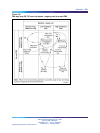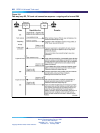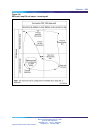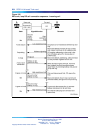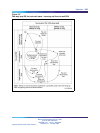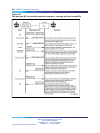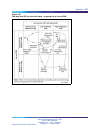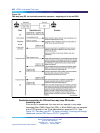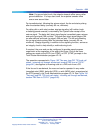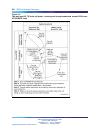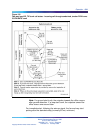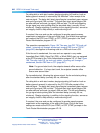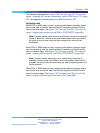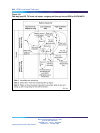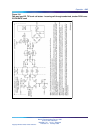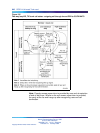
Operation 639
Note: If a ground start trunk, the outpulse towards office occurs after
ground detection. If a loop start trunk, the outpulse towards office
occurs one second later.
For immediate start, following the seizure signal, the far-end starts pulsing
after the standard delay (normally 65 ms, minimum).
For delay dial or wink start modes, stop/go signaling (off hook/on hook
or battery/ground reversal) is returned by the System after receipt of the
seizure signal. The delay dial (stop) signal begins immediately upon seizure
and ends (go signal) 384 ms later. The wink start (stop) signal begins 384
ms after seizure and ends (go signal) 256 ms later. The far-end detecting
the go signal starts pulsing after the standard delay (normally 55 ms,
minimum). Stop/go signaling, in addition to the signaling function, serves as
an integrity check to help identify a malfunctioning trunk.
If required, the near-end can be configured to provide pseudo-answer
supervision at the expiration of the end-of-dial timer. End-of-dial timer
settings are made at the EOD (non-DTMF) or ODT (DTMF) prompts in the
Trunk Route Administration program LD 16.
The operation represented in Figure 192 "Two-way, loop DR, TIE trunk call
states - incoming call through senderized, tandem PBX from a CO/FX/"
(page 641) also applies to incoming calls on a DID trunk from a CO.
If the far-end is senderized, the near-end can be operated in any mode:
immediate start (IMM), delay dial (DDL) or wink (WNK) start, as assigned at
the STRI prompt in the Trunk Administration program LD 14. See Figure 194
"Two-way, loop DR, TIE trunk call states - incoming call through senderized,
tandem PBX from a CO/FX/" (page 645).
Nortel Communication Server 1000
Circuit Card Reference
NN43001-311 01.04 Standard
Release 5.0 23 May 2008
Copyright © 2003-2008, Nortel Networks
.



